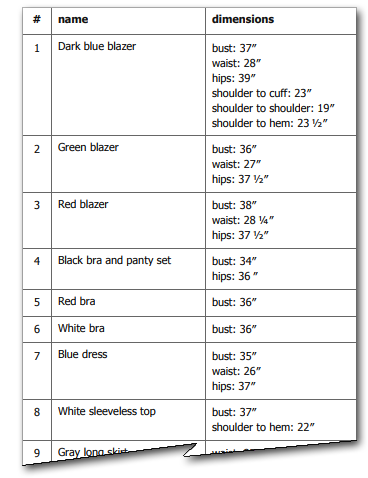Hello,
I am new to Airtable, so please bear with me if i’m asking a question with an obvious answer.
I am collecting Questionaire information via a form… Many of the answers to the questions will exist as null-value fields (eg. a ‘Yes’/‘No’ question where the answer is ‘No’). I do not care about ‘No’ answers… They are irrelevant once the respondent answers ‘No’
I want to devise a way to export only the non-empty data (the ‘Yes’ answers). I see that in the Kanban view when I ‘Customize Cards’ and ‘Show All’, what shows on the Kanban card is only the non-empty data… this is great! However, when I try to export, i cannot generate a printable view that only shows me the non-empty information… this leads to a lot of noise.
Am I missing something? Is there an easy way to accomplish what i’m looking to do? any advice would be greatly appreciated


